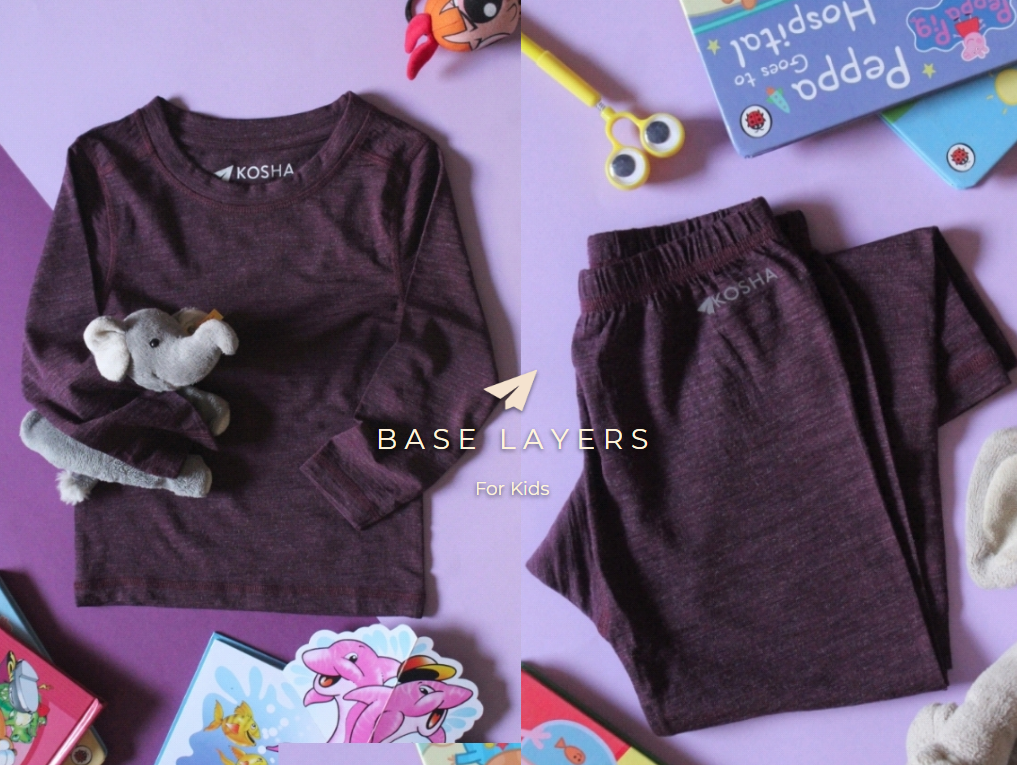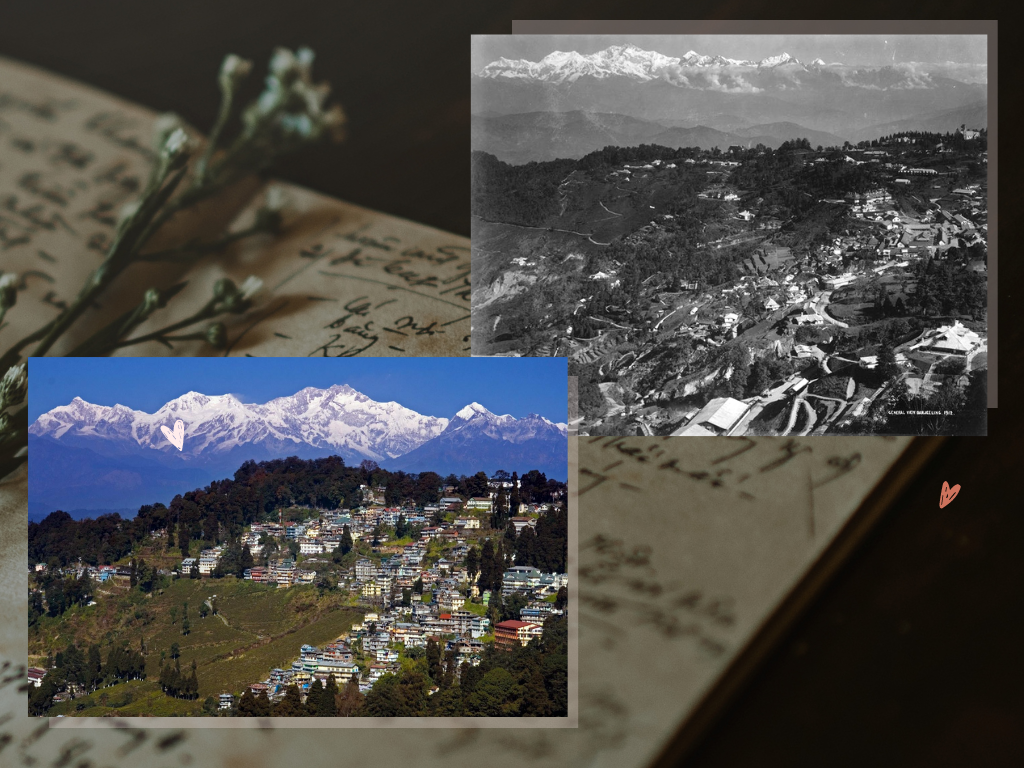
Travel had become a way of life until the pandemic brought travel to a grinding halt. No one anticipated the long vacation we would have to take from our travel plans. COVID-19 seems to be just the tip of the iceberg, signaling change. A change in direction, to keep the ship of travel afloat.
What will this change be and how will we travel in the future?
I feel the answer is in immersive, slow travel. Where we choose road or rail, over flights when it is possible, to reduce our carbon footprint. Where we resist the urge to take flights for a 4-day weekend just because flights are cheap. Did you say slow travel is boring? Read on…
From road tripping across Alaska to kayaking in Trinidad & Tobago islands, seeing the midnight sun in Iceland, I spoke to 5 people who inspire me. I spoke to them about their immersive travel experience. Let’s dive in!
Kiran Manral wears many hats with ease, an author, a mother, a style icon, a writer extraordinaire, a traveller and more. She believes in experiencing India more than ever before and takes us through some paths less taken. In this post, Kiran talks to us about her school trip from Mumbai to Kolkata to Darjeeling.
It is fascinating that your school took you for a get away. Schools in Bombay generally take us for day picnics. No wonder then, the trip is etched in your memory.
What did travel mean to you as a school girl?
Well, Yuktie, this was back in the late 1980s so we really didn’t travel at all on leisure back then. And specially given I’d lost my father when I was in Grade five, and mom pretty much struggled to keep us both afloat, travelling for leisure was out of the question. This was a trip for the 9th grade, a year before the tenth boards so it was like a last hurrah. My maternal uncle kindly sponsored the trip, and I am still so thankful to him for that, else there was no way Mom could have been able to afford it. The only other travel I remember from back then was to Baroda where my mom had a maternal aunt who was a nun and lived in a convent. We would stay for a day or two in the convent guesthouse and it was an interesting insight into the daily lives of the nuns.
Has that meaning changed over the years?
Yes, I guess, travel changed as one grew up, grew older. There’s now travel for leisure, travel for work, and the happy coincidence when one can make both happen on the same trip. Travel today is much more convenient and quick but I do miss the days of long, languid train journeys, although I don’t think I could deal with the train toilets now.
In which standard did you travel? How was travel different then, than it is now?
I was in the 9th grade, and we travelled, girls from three schools together, in a railway coach from Mumbai to Kolkata. It was almost three days of travel to and back each way and the journey itself was a trip of its own. This was through a travel agency called Lala’s Travel if I remember right and they had their own cooks making the food through the journey, and we would sleep three bunks deep so the lowest bunk was quite a torture if one got it. We had a total ball on the journey. I remember our stopover for a day at Banaras where we were taken on a round of the ghats, quite disturbing a memory for me as a child, I still remember the bodies burning at the ghats. Then we were at Kolkata railway station for a day, no hotel, our railway coach was our hotel. Going sightseeing to the Howrah Bridge, and marvelling at the crowd and buzz of the city and the language which was completely strange to me back then. I can’t think of spending six days in travel to and fro from any destination now, those were gentler days. I remember my mom got me a holdall for my trip, a wonderful contraption which was a bedding and a carry all in one.
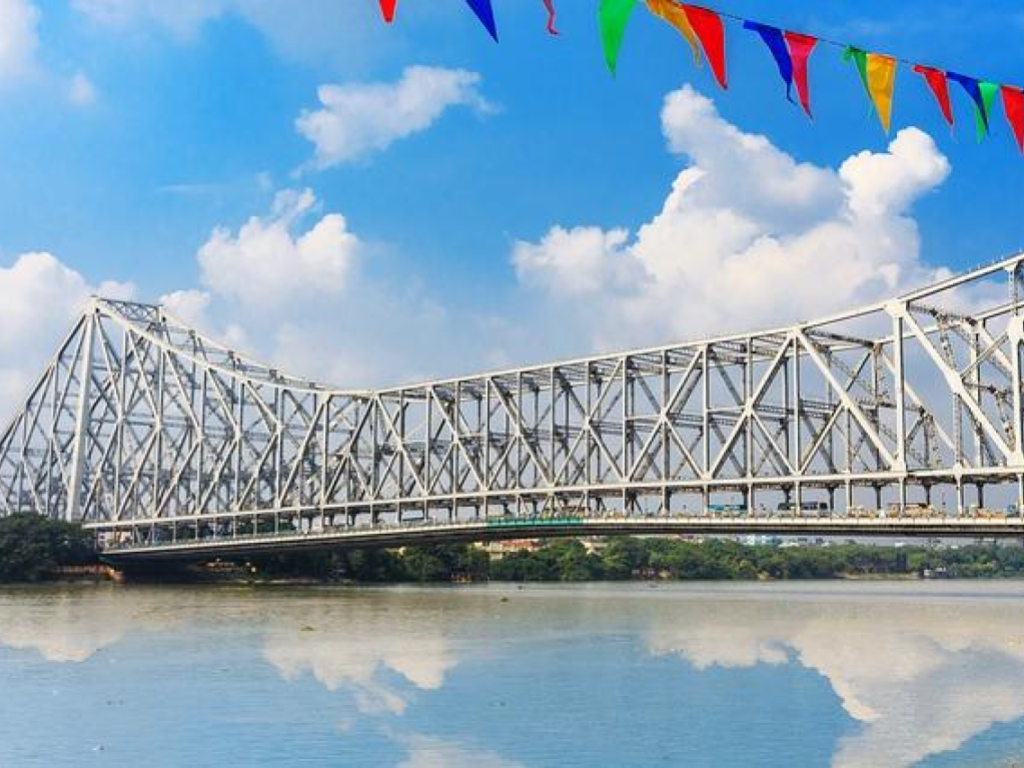
Howrah Bridge, Kolkata
Tell us about your trip, a brief itinerary or overview.
We left from Mumbai, travelled by train to Kolkata and then to Darjeeling by bus. Back the same way. We went for day trips to the tea gardens, on the toy train, boating on a lake, to the border, to the mountaineering institute, a monastery and I’m sure there was more but my memory eludes me at this point.
There is this moment during our travels when we feel like we are blessed indeed to witness something we don’t see often. Can you share that moment and the story behind it.
I think mine would be seeing the majestic Kanchenjunga at dawn. I remember it being a bitterly cold morning. We were dragged off before the crack of dawn to reach the viewing point, to see dawn break over Kanchenjunga. I remember I had taken the blanket from the hotel room because I was so cold and I hadn’t carried enough warm clothes, me being a Bombay girl, and I had absolutely no idea it would be so cold there. In retrospect, this was rather strange because my mother had taught at the Convent of Jesus and Mary, Mussourie for years and should have realised October would be cold in the mountains for someone like me who had never experienced it. The moment the sun came up pink and golden was a humbling experience just to realise how tiny and insignificant we really are before something as magnificent as the Himalayas. I think that was the moment I fell in love with the mountains, a love that has stayed with me since.
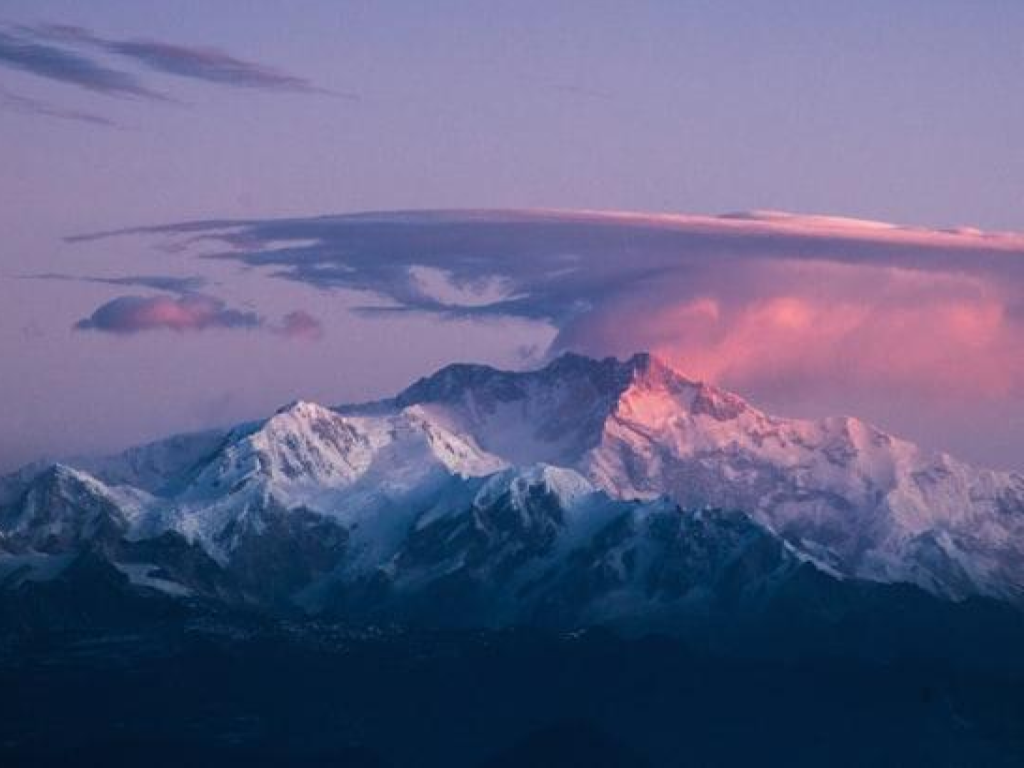
Kanchenjunga at Dawn | Image by Amey Meher via Unsplash
Darjeeling is located at an altitude of 2000 metres above sea level. Temperatures in winters (October to December) range from 10°C to -10°C. Wearing the correct layers of clothing will ensure you enjoy the cold and snow, without freezing. The first layer is your thermal top and bottom or base layers. These ensure your body heat is locked inside. Layer this with a Merino Wool Pullover or Sweatshirt. If it is windy or there’s snow; wear an insulated all weather jacket. Don’t style your winter wardrobe with a fun winter skull caps, touch screen friendly gloves and woollen socks.
The school years are one of learning. Any life lesson did this trip teach you?
In retrospect I think this was the start of a lifelong love with the mountains. A life lesson would be I think, the humbling realisation that we are insignificant, the mountains have been around from the time the planet was forming and reforming itself.
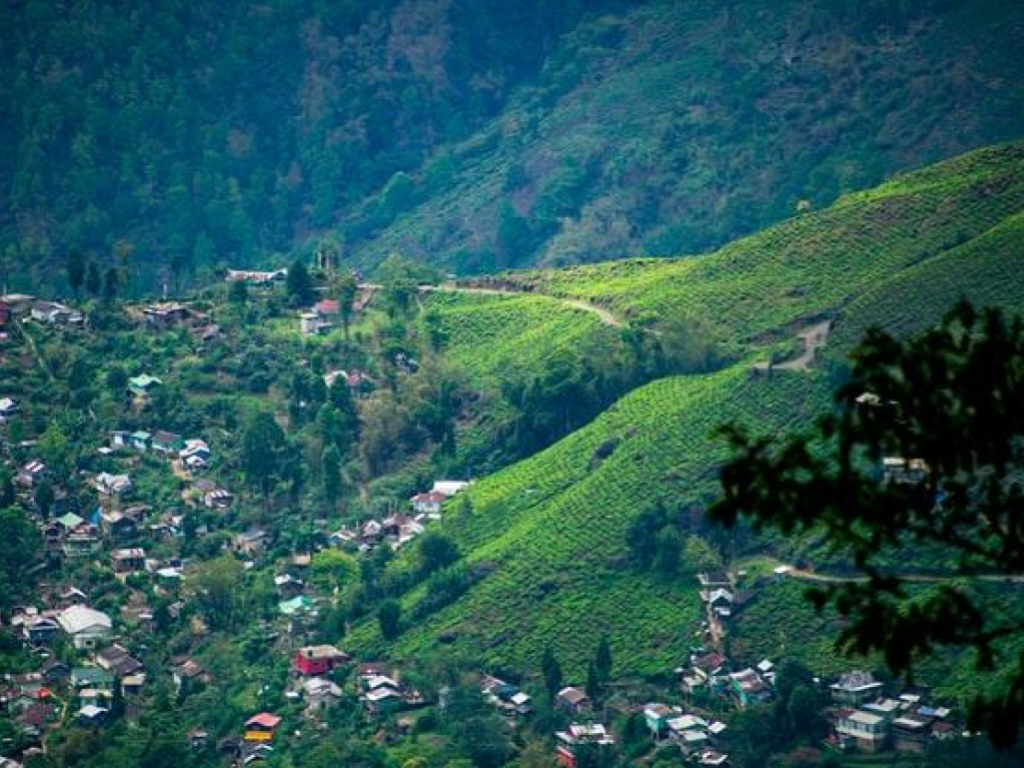
Velvety tea garden with small mountain village. Sonada, Darjeeling, India.
Darjeeling was the base for the mountaineering course. I thoroughly enjoyed visiting the Oxford Book Store, right in the centre of the Market square. Did you visit the bookstore during your trip?
I don’t think it was there back then, but we did do a lot of giggly traipsing up and down the market square in the evenings, buying all kinds of rubbish we didn’t really need.
What is special about the food in Darjeeling?
At the hotel it was regular Punjabi fare, but we would slip out for tea and butter bread in a quaint tea shop in the mornings. And thupka and other nourishing warming fare. I think momos became my comfort food from way back during this trip.
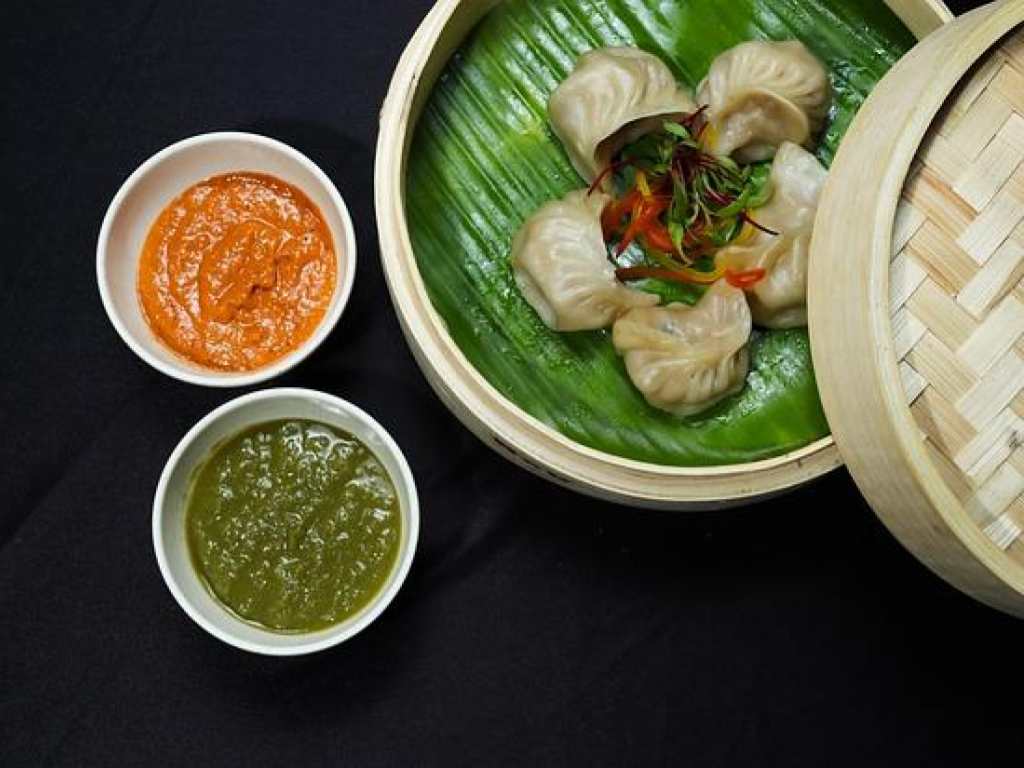
Darjeeling delicacy : Steamed Momos
Which season of the year did you visit Darjeeling?
Describe your wardrobe. October. Diwali vacation time. Wardrobe, heavens, a couple of sweaters, a couple of trousers and t-shirts. I froze my butt off until I bought myself a warm jacket there. I travel better prepared now.
How can we educate travelers or have people be travelers that are globalists in the true sense of the word?
I think travelling is not just discovery but also empathy. I think being sustainable travellers to the extent we can, respecting local cultures and customs, avoiding tourist traps and exploring countries on our own if possible, all these are doable and essential to truly experience a place, and to try and take an understanding of their culture rather than just shopping and souvenirs should be our goal.
What does slow travel mean to you?
The trip to Darjeeling was truly slow. But for me slow travel would be travel that is without a schedule except for flight/ train timings. Setting one’s own agenda. Enjoying and exploring a destination without a manic rush to tick must see places off the list.
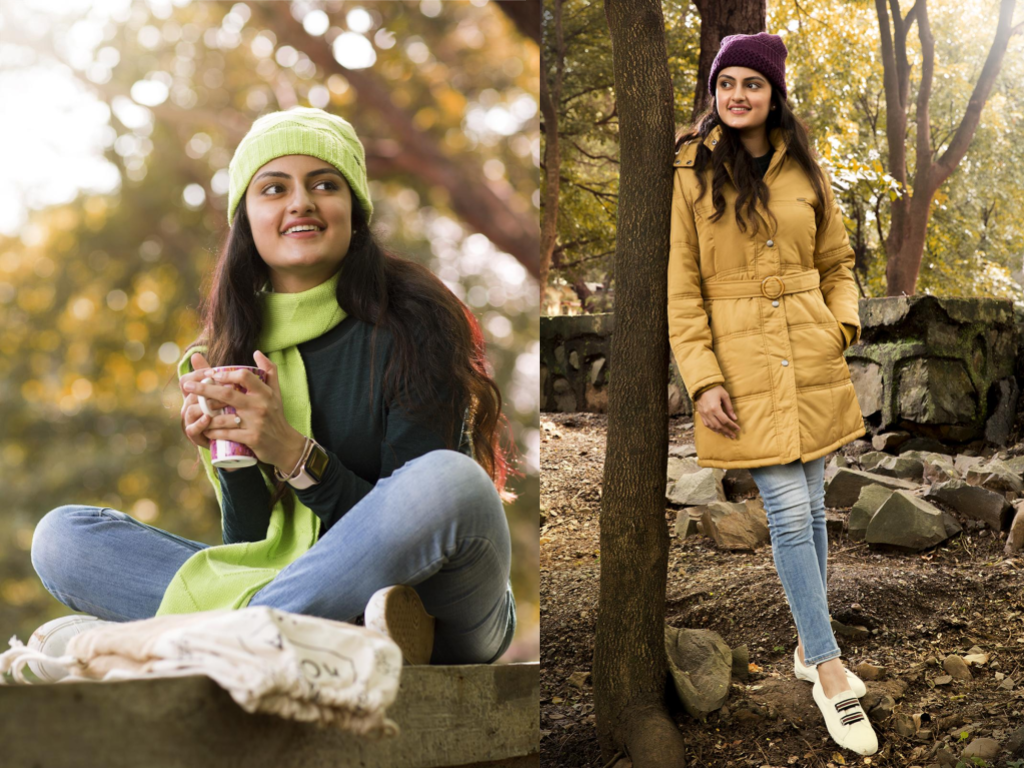
Thinking of visiting Darjeeling? Shop your winter holiday layers from Kosha. Seen here: (L) Lime Green Wool Beanie & Muffler Set on Dark Green Full Sleeve Thermal | (R) Golden Puffer Parka with Faux Fur Hoodie & Maroon Slouchie Beanie.
A lesson you learnt from the pandemic?
Step back. The world will not stop. Regroup yourself. Refocus on your priorities.
There has been a paradigm shift in the way we live. Making a shift towards sustainability has become a necessity. What does Sustainability mean to you?
Sustainability is a must today given how climate change is here and now. I have an e-book out on Kindle, called Raising Kids With Hope and Wonder in Times of a Pandemic and Climate Change. I know, that’s a mouthful of a title, but it says all I want to say. We’re leaving behind a dangerously precarious world for our kids to inherit, we need to take all the little steps we can to try to slow the pace of climate change. We must walk the talk, from the little things like saving water, watching our electricity consumption, eschewing plastics, to the bigger things, like activism and mobilisation.
Memories from this trip have found their way in your book. Tell us a little about the book.
Darjeeling found its way into my book The Face at the Window, which is about a retired Anglo Indian school teacher who is confronted by a mysterious entity at her cottage. Her childhood has a bit of the tea estates, and she spends some time in Darjeeling with the love of her life. I have only happy memories of Darjeeling, and a great compliment I received was when a reader asked me which boarding school at Darjeeling I had studied at because the detailing was so accurate. So life in the mountains, the travel to Darjeeling, the tea estates, all find a place in this book.
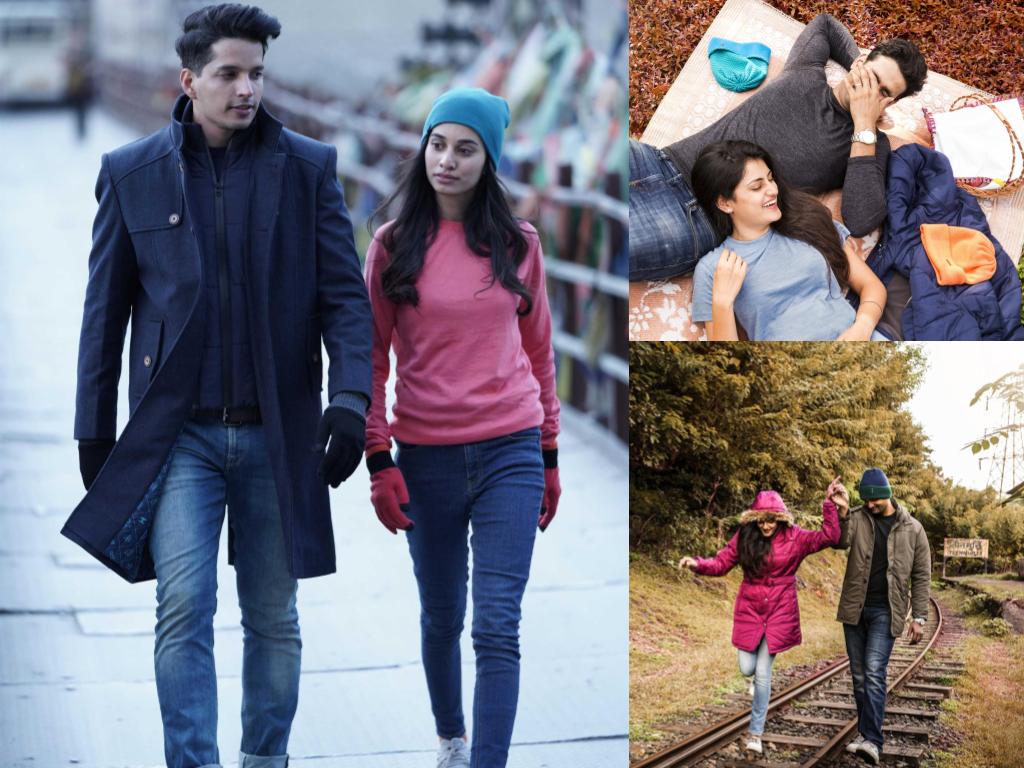
Thinking of visiting Darjeeling with your favourite person? Shop the right layers for your trip from Kosha.
Have you visited Darjeeling yet? Have travel stories to share from the trip? We would love to hear from you. Write to us at konnect@kosha.co.
This is part of a special interview series by Kosha Founder Yuktie Jhangiani, where she speaks to people she admires.
Blog Feature Image : Darjeeling in 1912(courtesy Wikipedia) | Darjeeling 2020 (courtesy RoughGuides.com)
Your feedback means a lot to us. If you have tips on slow travel in India, questions, comments or you want to write for the Kosha Journal, reach out to us at konnect@kosha.co . We look forward to hearing from you. Stay tuned for more stories! Share your adventure and experience with us by tagging us @koshatravelwear on Instagram, Facebook, LinkedIn, Pinterest and use #mykoshastory !
